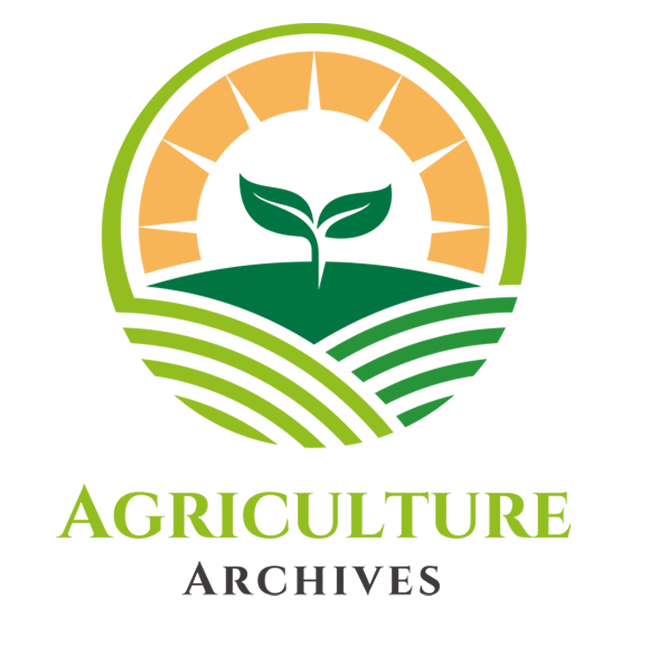Intercropping, the simultaneous cultivation of two or more crops in the same field, is a time-honored agricultural practice with the potential to enhance productivity, resource use efficiency, and sustainability. This article reviews current research and practices in intercropping, focusing on its benefits, challenges, and opportunities in modern agricultural landscapes. It explores the ecological principles underpinning intercropping systems, including resource complementarity, niche differentiation, and ecosystem services provision. Additionally, it examines the agronomic, economic, and environmental considerations influencing the adoption and optimization of intercropping systems. By synthesizing insights from interdisciplinary research and practical experiences, this article aims to inform policymakers, researchers, and farmers about the potential of intercropping to contribute to food security, climate resilience, and agroecological sustainability.
